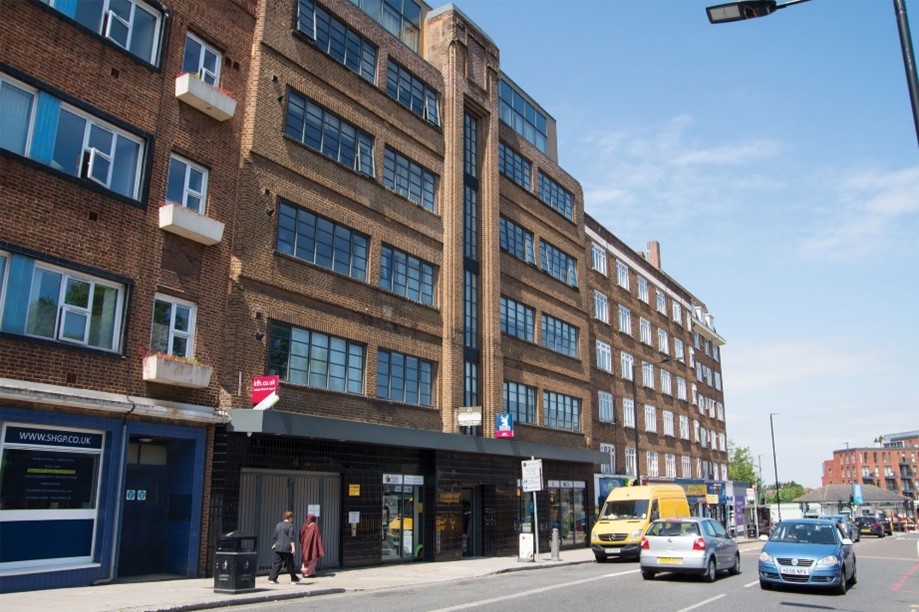
The enactment of the Building Safety Act 2002 (BSA) has resulted in improved focus on building safety and building standards. Under section 123 of the BSA, the First-tier Tribunal (FTT) may, on application from an “interested person”, issue a remediation order to a “relevant landlord” requiring that landlord to remedy “relevant defects” in a “relevant building” by a specified time.
- An interested person includes a person with a legal or equitable interest in the relevant building, a fire and rescue authority or a local authority (among others).
- A relevant landlord is a landlord under a lease of the relevant building who is required to maintain or repair anything in relation to the relevant defect.
- A relevant defect means a defect in the building that (a) arises as a result of anything done (or not done), or anything used (or not used), in connection with relevant works, and (b) causes a building safety risk.
- A relevant building means a self-contained building, or self-contained part of a building, in England that contains at least two dwellings and (a) is at least 11 metres high, or (b) has at least 5 storeys.
In late 2023, the FTT handed down the first remediation order in relation to the development at 2 – 4 Leigham Court Road, London SW16.
In 2016, the existing brick building at Leigham Court Road was converted from commercial offices, originally housing the South London Press, to 35 residential flats with a commercial unit. Two additional storeys and a roof terrace were added to the original brick building, totalling 6 storeys high and a new 7 storey block of flats plus a roof terrace were constructed (comprising the Leigham Court Road Development).
Despite the works being deemed compliant under the BSA and the insurers of the Leigham Court Road Development carrying out a technical risk assessment (for the purpose of issuing insurance certificates), concerns were raised early on by a group of leaseholders with respect to the Development’s external cladding and fire safety issues. An application was initially made by Ms Waite in September 2022 and in December 2022, 30 of the 35 long leaseholders (as well as Lambeth Council) lodged an application for a remediation order against the freeholder, Kedai Limited (Kedai), for defects which included:
- aluminium cladding;
- Combustible Kingspan Kooltherm k15 insulation behind the cladding panels;
- a lack of firestopping vents and cavity barriers in the building.
It was held that:
- Both blocks (exceeding 18 metres in height) comprising the Leigham Court Road Development fell within the definition of relevant building.
- Kedai is the registered proprietor of the freehold interest of the Development and met the definition of relevant landlord.
- The leaseholders, more particularly Ms Waite and Ms Martensson, were interested persons.
- The ACM cladding, cavity barriers and compartmentation and lack of fire-stopping were relevant defects.
In reaching judgment, Judge Timothy Powell and Mrs Helen Bower MRICS, considered the following matters (among others):
- Burden of proof: Kedai argued that the burden of proof was on the leaseholders to establish the defects in the building and the necessary remediation works. The Tribunal disagreed and took the view that the matter should not be constrained by formal burdens of proof. The leaseholders were required to put forward their position identifying the defects and the building safety risks, and this was achieved by relying on various fire safety and engineer reports prepared over the course of 2019 – 2023. It was determined that “once the Tribunal had determined that relevant defects exist…then the Tribunal is to make an order to remedy those defects. That is all that the [BSA] requires.”[1]
- Scope, and standard, of works: Whilst the BSA does not prescribe the type of remediation works required for various defects, the Tribunal recognised that the remediation order is “to be sufficiently precise so that [Kedai] can know what it must do to remedy the relevant defects”. Generally, the preparation of the remediation works is to be at the cost of the developer or landlord. Unfortunately, Kedai was not the developer and therefore not responsible for the defects however the BSA is intended to protect leaseholders and therefore the burden was placed on Kedai to prepare a works specification.
The Tribunal also held that the remediation works should, at the very least;
- comply with the Building Regulations which apply at the date the works are carried out; and
- be able to obtain a satisfactory External Wall Fire Review.[2]
The remediation order issued by the FTT requires Kedai to remedy all defects at the Leigham Court Road Development by 19 September 2025.
Conclusion
In the first decision of its kind, this case provides insight into what the FTT will consider, and the approach taken, when assessing building defects and issuing a remediation order, in support of the purpose and intent of the BSA. It also serves as a timely reminder for landlords and developers to consider their potential liabilities in respect of building safety defects, before an “interested person” lodges a remediation order application.
[1] [81], Waite & Others v Kedai Limited LON/00AY/HYI/2022/005 & 0016
[2] [82] – [90], Waite & Others v Kedai Limited LON/00AY/HYI/2022/005 & 0016
This article is for general purpose and guidance only and does not constitute legal advice. Specific legal advice should be taken before acting on any of the topics covered. No part of this article may be used, reproduced, stored or transmitted in any form, or by any means without the prior permission of Brecher LLP.



